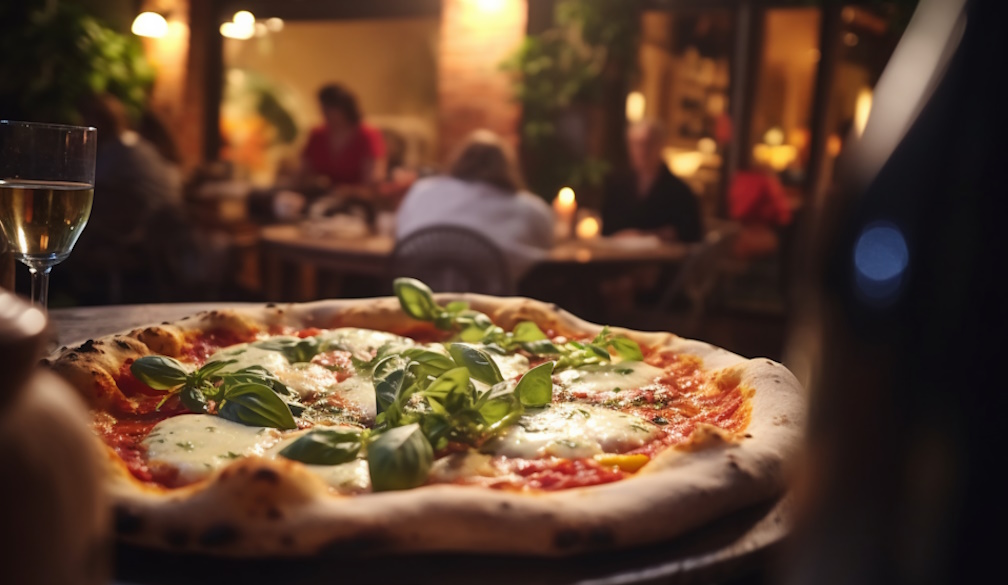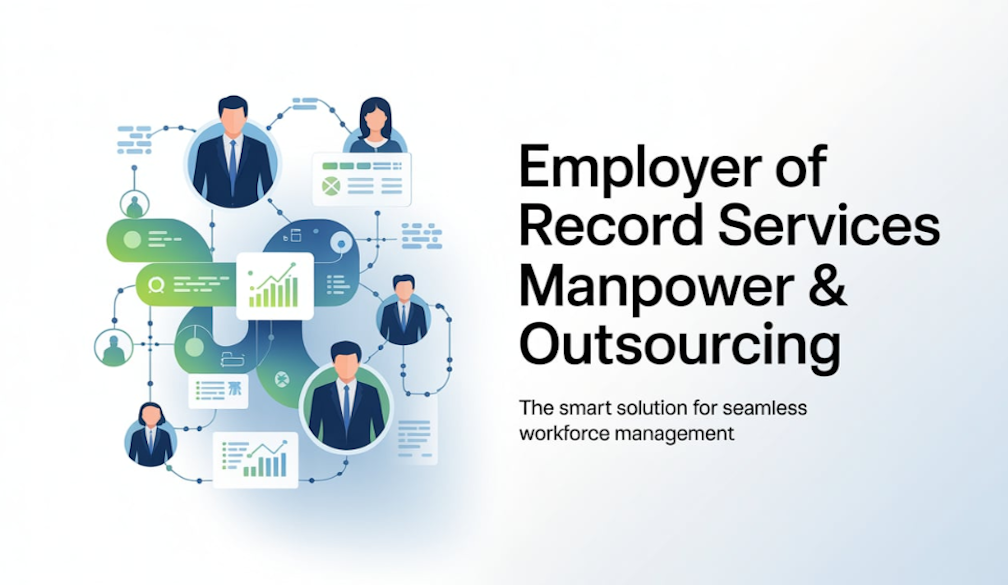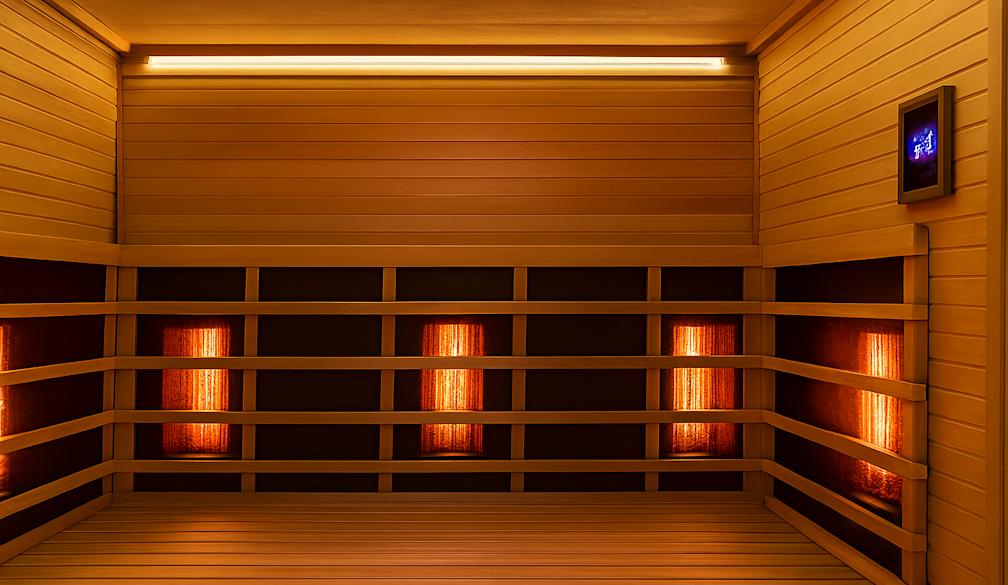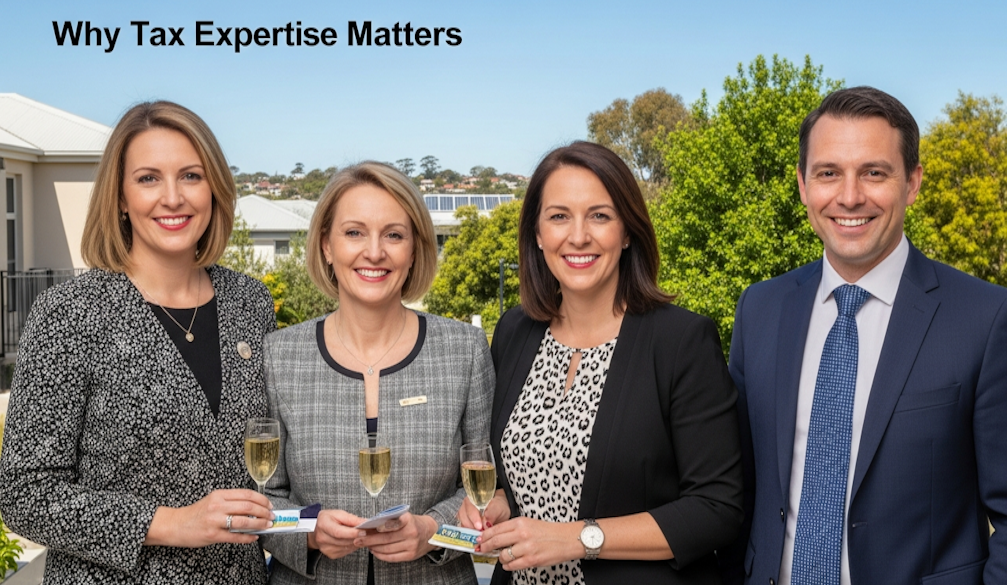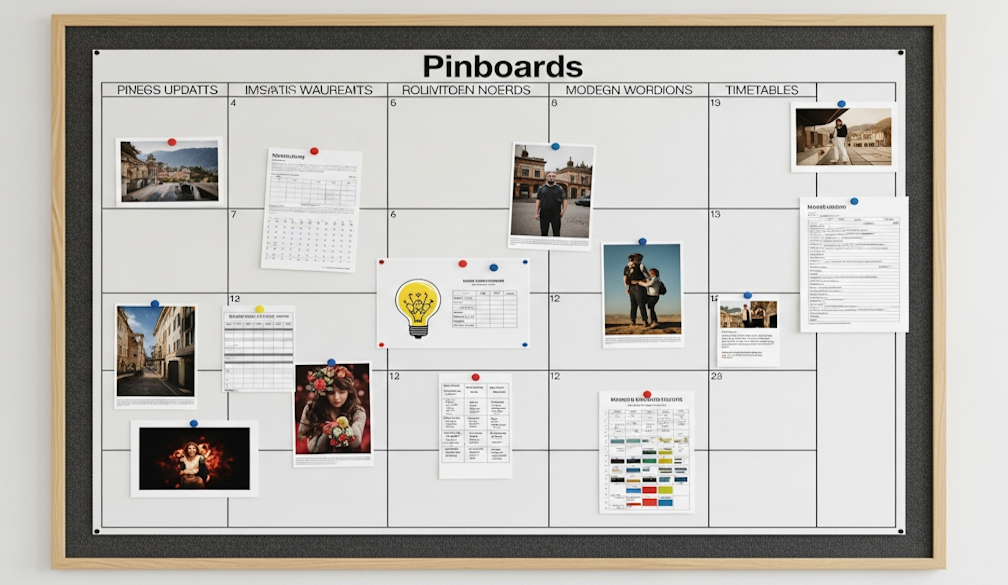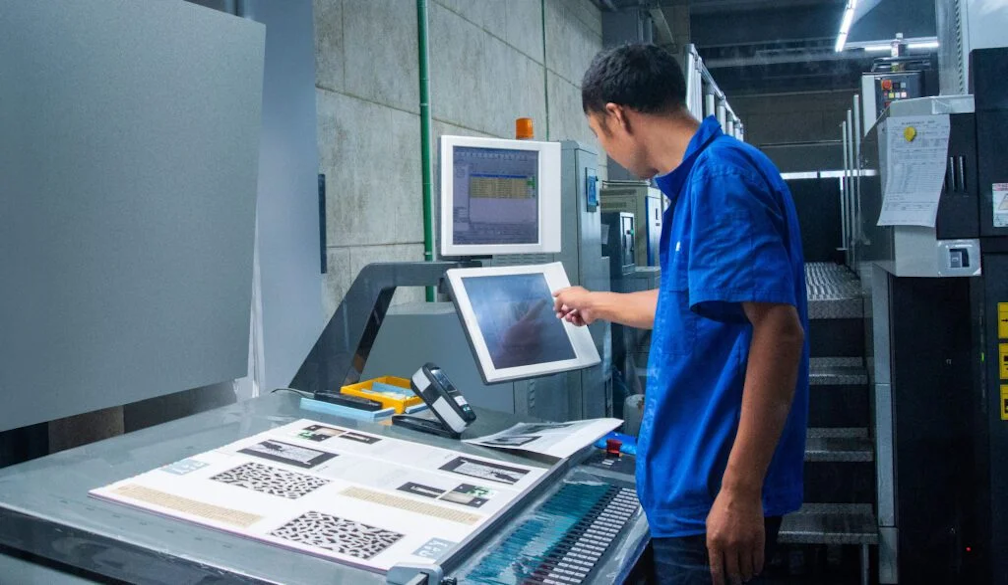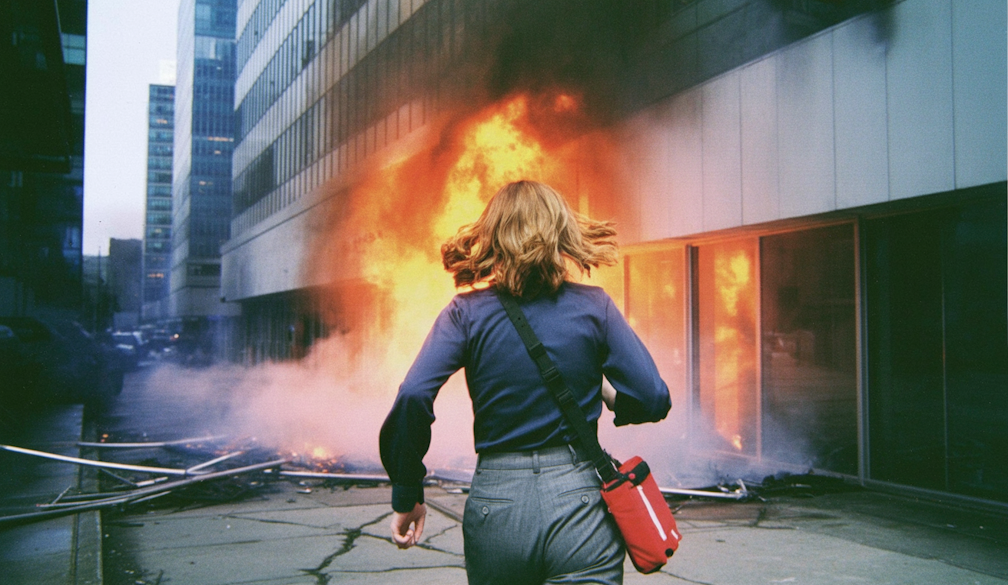If there is to be any healing after the Voice referendum, it will be a long journey
- Written by Frank Bongiorno, Professor of History, ANU College of Arts and Social Sciences, Australian National University
The result of the Voice referendum on Saturday was unexceptional if considered in light of the constitutional history of this country.
With a “yes”/“no” split likely to be about 40/60%, the defeat was no more or less resounding than several other proposals since Federation that became buried in contention, partisanship and opportunism. The “no” side’s clean sweep of the states has also occurred before – on a quarter of all referendum votes, in fact.
There will now be many a post-mortem, and many a “what if?” There will be an abundance of wisdom after the event. What if Opposition Leader Peter Dutton had offered bipartisan support? What if there had been a constitutional convention? What if the government had negotiated with the opposition over the detail? What if it had released a draft bill? What if the referendum were held next year? What if “yes” had run a different campaign? What if there had not been a cost-of-living crisis? What if there had been less lying?
In truth, it is hard to imagine a counterfactual scenario that would have produced a different result. Even if Dutton had said “yes”, the Nationals would still have said “no”. Even if the Liberals and Nationals had both said “yes”, other elements on the political right would have said “no”, and both parties would have split. Indigenous opinion was clearly divided, whatever the proportion on each side.
The “no” side – and even the odd Liberal on the “yes” side – complains to whoever will listen about process, but there is no reason to believe some other pathway would have led to a better result. Dutton never indicated what alternative formulation would have satisfied him.
The “yes” case will have its critics, but it was never going to be easy to craft a message with broad appeal. The more than 96% of Australians who are not Indigenous were being asked to offer a concession to the fewer than 4% that the latter do not presently have. It was never going to be easy to make that case.
Settler Australians have often tended to equate equality with sameness. This sentiment is what they call egalitarianism and understand as democracy. For many, to create an Indigenous Voice was to foster inequality and promote division where they believe there should be unity. The “no” case’s claim that the Voice would create disunity was likely devastating in its effects. What many “no” voters want is unity on their own terms.
A referendum proposal begins as the diagnosis of a problem, an argument that the Constitution – drafted in the 1890s – can be made to work better. Governments don’t go to the people with a referendum for opportunistic reasons: it’s just too difficult. So, they tend to be genuine efforts to solve a problem. To get a “yes” vote, you need to get acceptance of both the authorised diagnosis of the problem and the solution being offered.
What was the problem to be solved here, and how was the Voice to help solve it? The “yes” leaflet I received as I went to vote identified three things the Voice would do. “Yes” would provide Aboriginal and Torres Strait Islander people with constitutional recognition through a Voice. It would offer the means by which advice from Indigenous people would be listened to, leading to better government decision-making. And it would get better results for First Nations people in health, education, employment and housing, leading to a better life.
In other words, the Voice would provide Indigenous people with formal constitutional recognition and an opportunity to speak for themselves, and it would provide practical benefits to help “close the gap”. It seems like a simple message, but it also demands that voters accept several propositions. Let us take just two of them.
First, do Indigenous people need a further opportunity to speak for themselves? I believe so, but “no” voters might have taken the view that there were already Indigenous members of the federal parliament able to speak for Indigenous people.
And if they believed as much, the prominence of two of those members on the “no” side, Jacinta Nampijinpa Price and Lidia Thorpe, would have done little to persuade them that a Voice was needed. Price and Warren Mundine, a former Liberal candidate for parliament, were the de facto leaders of the “no” campaign. The prominent role of a few high-profile Indigenous people was, in my view, devastating to the moral and political authority of the “yes” case.
Second, while there are some white Australians still prepared to deny the existence of Aboriginal disadvantage, even those who acknowledge the truth of it needed to accept that the Voice would be effective in helping to close the gap.
Given the long history of policy failure in this area, that was a hard argument to make. The Voice, moreover, was to be advisory – a point that Prime Minister Anthony Albanese, among others, repeatedly underlined in an effort to reassure non-Indigenous voters it would do little to change the existing political arrangements. People were being asked to support something important enough to call them to the polls, at the same time as they were told it was too modest a proposal for them to need to worry over.
The “no” result will be deeply disappointing to many Australians, and most of all to those Indigenous people who have worked patiently for years to achieve constitutional change. There will be many broken hearts. These people have had to endure some of the very worst impulses at work in this country, and some of the nastiest instincts that disfigure its public life. That, too, is unexceptional in the history of this country.
If there is to be any healing, it will be a long journey.
Authors: Frank Bongiorno, Professor of History, ANU College of Arts and Social Sciences, Australian National University




